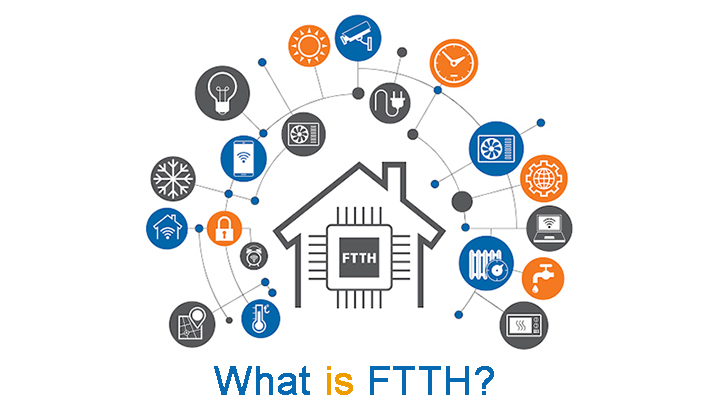
It took only a few years before fiber optics dominated the long distance market. Crews buried cables underground or ran aerial cables on poles nonstop for a decade to upgrade long distance service. At the same time, technology was developed for submarine cables and by the late 1980s, all overseas communications expansion was done by fiber optics, replacing copper cables and satellites. Today, virtually all long distance communications is carried over the installed fiber optic network.
The next step was connecting local central offices, the link between subscribers and the switched phone network. Around the time the long distance networks were being completed, consumer use of the Internet took off. It was the Internet that drove the communications revolution by connecting anyone with a PC to a worldwide source of information and communication and forced the expansion of fiber into communications networks. Metropolitan phone networks became overloaded quickly and fiber optics was ready to provide the expansion capability. The scope of metropolitan fiber optic installations was obvious to anyone driving around town, as it was hard to drive anywhere without encountering roads torn up for the installation of conduit and fiber optic splicing trucks blocking the roadways.
Then the telecom/Internet "bubble" burst in 2001. The Internet “bubble” that caused the telecom “bubble” and thereby the fiber optic “bubble” caused the downfall of a tremendous number of companies and left the industry with a glut of both installed fiber backbone capacity and fiber optic component manufacturing capacity. In a good illustration of capitalism at work, the cost of fiber optic components took a nosedive as supply outstripped demand. Since the market bust, fiber prices are dirt cheap. One analyst compared fiber prices to kite string and fishing line, both of which are more expensive than the current prices of top quality optical fiber. The bad news is a lot of people got hurt as the market collapsed, but the good news is it set the stage for the next big application for fiber optics.
